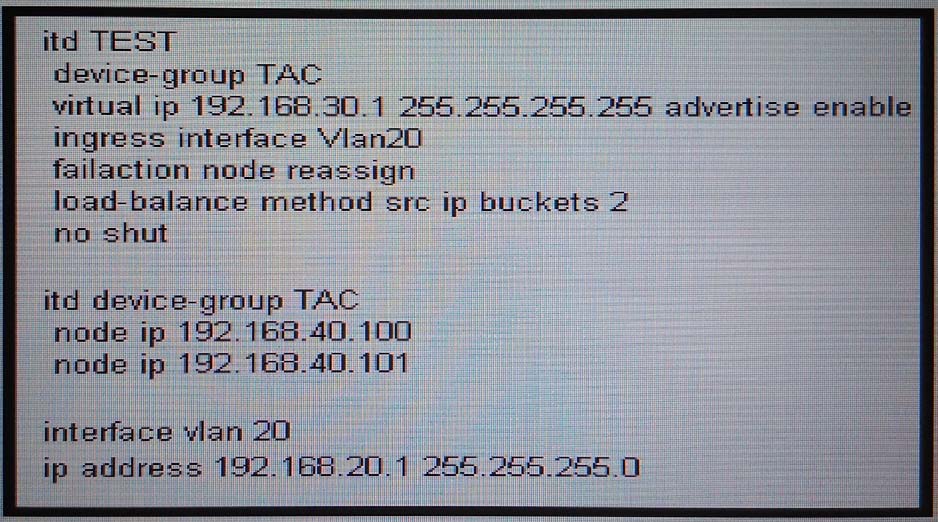CCIE Data Center Written Exam
Here you have the best Cisco 400-151 practice exam questions
- You have 104 total questions to study from
- Each page has 5 questions, making a total of 21 pages
- You can navigate through the pages using the buttons at the bottom
- This questions were last updated on May 5, 2025
